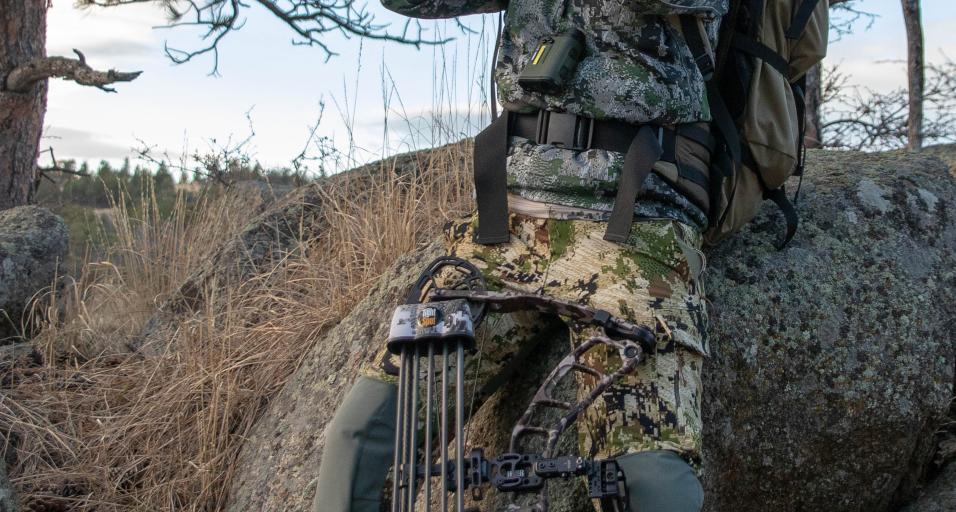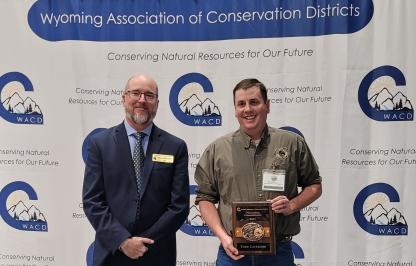Hunters, anglers and wildlife watchers in Wyoming contributed more than $1 billion to Wyoming’s economy during 2017, according to a new analysis by the University of Wyoming. It’s a 2.3 percent increase from 2016 due to more people heading outdoors.
“Wyoming has some of the best wildlife watching in the country, and the hunting and fishing opportunities here are sought after because of the high-quality wildlife, access and the outdoor experience with friends and family,” said John Kennedy, acting Wyoming Game and Fish Department director. “We’re glad to host everyone who chooses to enjoy Wyoming’s wildlife.”
The analysis conducted for Game and Fish looks at the licenses and goods purchased and the money spent during resident and nonresident trips hunting, fishing or viewing wildlife, called “expenditures.” That number is then related to people who participate in those activities. Participant numbers are drawn from Game and Fish annual harvest reports, which ask about the number of days hunting, as well as U.S. Fish and Wildlife Service data and other studies on wildlife-related recreation.
“Expenditures are anything related to hunting, fishing and wildlife viewing, like equipment, licenses, outfitters, payments to landowners, meat processing or travel-related expenses, such as restaurants, lodging, gas stations,” said David Taylor, the professor in the UW Department of Agriculture and Applied economics, who conducted the analysis.
People spent $802.2 million in Wyoming on wildlife-based recreation in 2017. From that direct spending, the state saw the benefit of $1.065 billion in total economic activity.
Increased expenditures meant more jobs, too. Overall, the economic activity supported nearly 10,000 Wyoming jobs and $264.3 million in labor income. That is a 4 percent increase in jobs since 2016, which is significant given that Wyoming’s total jobs grew by less than one-tenth of a percent between 2016 and 2017.
“There are about 400,000 jobs in Wyoming. So these outdoor-related jobs account for 2.5 percent of the state’s workforce or, comparably, about the same amount of jobs in Carbon County,” said Taylor.
In 2017, state and local governments saw $72.4 million in tax revenue from wildlife-related activities. While Taylor notes this doesn’t compare to some of the other driving industrial forces in Wyoming, it is a nod toward the possibility of a more diverse state economy to come.
Increase in wildlife-based recreation contributes more to Wyoming economy in 2017
Sara DiRienzo (307-777-4540)



